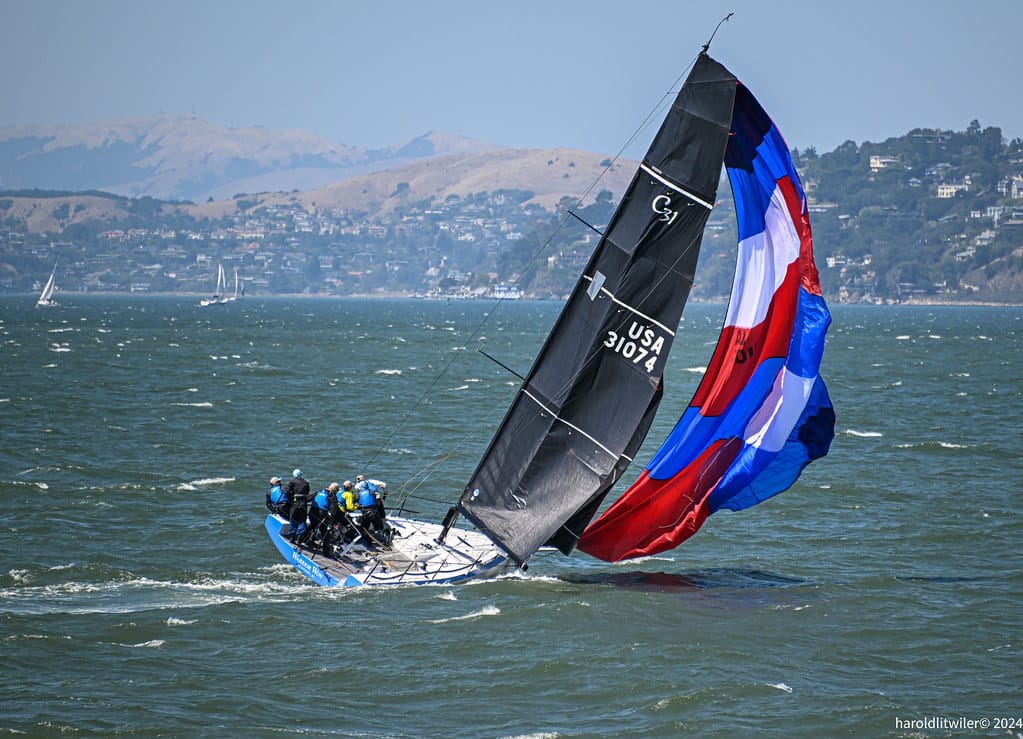Denmark Pioneers Revolutionary Unmanned Sailboat Fleet to Transform Maritime Research
Denmark has launched groundbreaking trials of an autonomous robotic sailboat fleet, marking a significant leap forward in maritime technology and ocean research capabilities. The innovative unmanned vessels, designed to operate independently for months at sea, promise to revolutionize how scientists collect oceanographic data while dramatically reducing research costs.
The Technology Behind the Fleet
The Danish Maritime Authority, in collaboration with leading research institutions, has deployed a series of sophisticated unmanned sailboats equipped with advanced sensors, GPS navigation, and satellite communication systems. These autonomous vessels, measuring approximately 4-6 meters in length, can navigate predetermined routes using wind power alone, making them incredibly cost-effective and environmentally sustainable.
Each robotic sailboat features:
- Solar-powered electronic systems
- Advanced weather routing algorithms
- Real-time data transmission capabilities
- Collision avoidance systems
- Self-healing sail technology
The vessels can maintain position in challenging weather conditions and automatically adjust their course based on wind patterns and ocean currents, demonstrating remarkable resilience in harsh maritime environments.
Transforming Ocean Research
Cost-Effective Data Collection
Traditional oceanographic research vessels cost upwards of $30,000 per day to operate, limiting the scope and duration of scientific studies. Denmark's unmanned sailboat fleet reduces operational costs by over 90%, enabling researchers to maintain continuous data collection over extended periods.
The autonomous fleet can simultaneously monitor multiple ocean parameters including:
- Water temperature and salinity levels
- Wave height and frequency
- Marine ecosystem health indicators
- Weather patterns and atmospheric conditions
- Ocean current velocities
Extended Mission Capabilities
Unlike manned research vessels that require regular port visits for crew changes and supplies, these robotic sailboats can remain at sea for 3-6 months continuously. This extended operational capacity allows scientists to capture seasonal variations and long-term environmental trends previously difficult to document.
Environmental and Commercial Applications
Climate Change Monitoring
The unmanned fleet plays a crucial role in Denmark's climate research initiatives, collecting vital data on ocean temperature changes, carbon absorption rates, and marine ecosystem responses to global warming. This information directly supports international climate modeling efforts and policy development.
Maritime Safety Enhancement
The robotic sailboats contribute to maritime safety by providing real-time weather and sea condition updates to commercial shipping routes. Their continuous presence in Danish waters creates an extensive monitoring network that enhances navigation safety for all vessels.
Fisheries Management
Danish fisheries benefit from the fleet's ability to monitor fish populations, water quality, and marine habitat conditions. This data supports sustainable fishing practices and helps maintain healthy marine ecosystems in Danish territorial waters.
International Interest and Future Expansion
The success of Denmark's pilot program has attracted significant international attention. Several European Union nations have expressed interest in implementing similar autonomous fleets, potentially creating a continent-wide ocean monitoring network.
The European Maritime Safety Agency has initiated discussions about standardizing unmanned sailboat operations across EU waters, recognizing their potential for:
- Search and rescue operations
- Environmental monitoring
- Border security applications
- Commercial shipping support
Technological Challenges and Solutions
Navigation in Crowded Waters
Operating autonomous vessels in busy shipping lanes presents unique challenges. Danish engineers have developed sophisticated algorithms that enable the sailboats to predict and avoid collisions with commercial traffic while maintaining their research missions.
Communication Reliability
Maintaining consistent satellite communication over vast ocean distances required innovative solutions. The fleet employs redundant communication systems and data storage capabilities to ensure no critical information is lost during transmission blackouts.
The Future of Maritime Autonomy
Denmark's successful unmanned sailboat trials represent a paradigm shift in maritime operations. As the technology matures, these autonomous vessels could revolutionize not only scientific research but also commercial applications including cargo transport, environmental monitoring, and security patrols.
The integration of artificial intelligence and machine learning capabilities promises even greater autonomy, with future vessels potentially making independent decisions about mission priorities based on real-time environmental conditions.
Denmark's investment in unmanned maritime technology positions the nation as a global leader in sustainable ocean research and autonomous vessel development. As the fleet expands and refines its capabilities, it will undoubtedly inspire similar innovations worldwide, ultimately advancing our understanding of ocean systems and improving maritime safety for all.
SEO Excerpt: Denmark launches revolutionary unmanned robotic sailboat fleet for autonomous ocean research, reducing costs by 90% while enabling continuous data collection for climate monitoring and maritime safety applications.
SEO Tags: Denmark, unmanned sailboat, robotic fleet, maritime technology, ocean research, autonomous vessels, climate monitoring, maritime safety, oceanographic data, sustainable technology, marine research, Danish Maritime Authority
Suggested Illustrations:
- Hero Image (Top of post): Aerial view of sleek unmanned sailboat on open ocean waters with Danish flag visible
- Placement: Below headline
- Description: Professional photograph showing the autonomous sailboat's clean design against blue ocean backdrop
- Technical Diagram (After "Technology Behind the Fleet" section):
- Placement: Mid-article
- Description: Detailed cutaway illustration showing sailboat's internal systems, sensors, and communication equipment
- Generation prompt: "Technical diagram of autonomous sailboat showing solar panels, navigation systems, sensors, and communication array in cross-section view"
- Fleet Operations Map (After "Extended Mission Capabilities" section):
- Placement: Mid-article
- Description: Map of Danish waters showing multiple sailboat positions and data collection routes
- Generation prompt: "Map of Danish territorial waters with animated dots showing autonomous sailboat positions and tracking routes"
- Data Visualization (After "Climate Change Monitoring" section):
- Placement: Lower third of article
- Description: Interactive dashboard showing real-time ocean data collected by the fleet
- Generation prompt: "Clean, modern dashboard interface showing ocean temperature, wave height, and weather data graphs from multiple autonomous vessels"
Target Audience: Maritime professionals, technology enthusiasts, environmental researchers, policy makers, and general science-interested readers aged 25-65.
